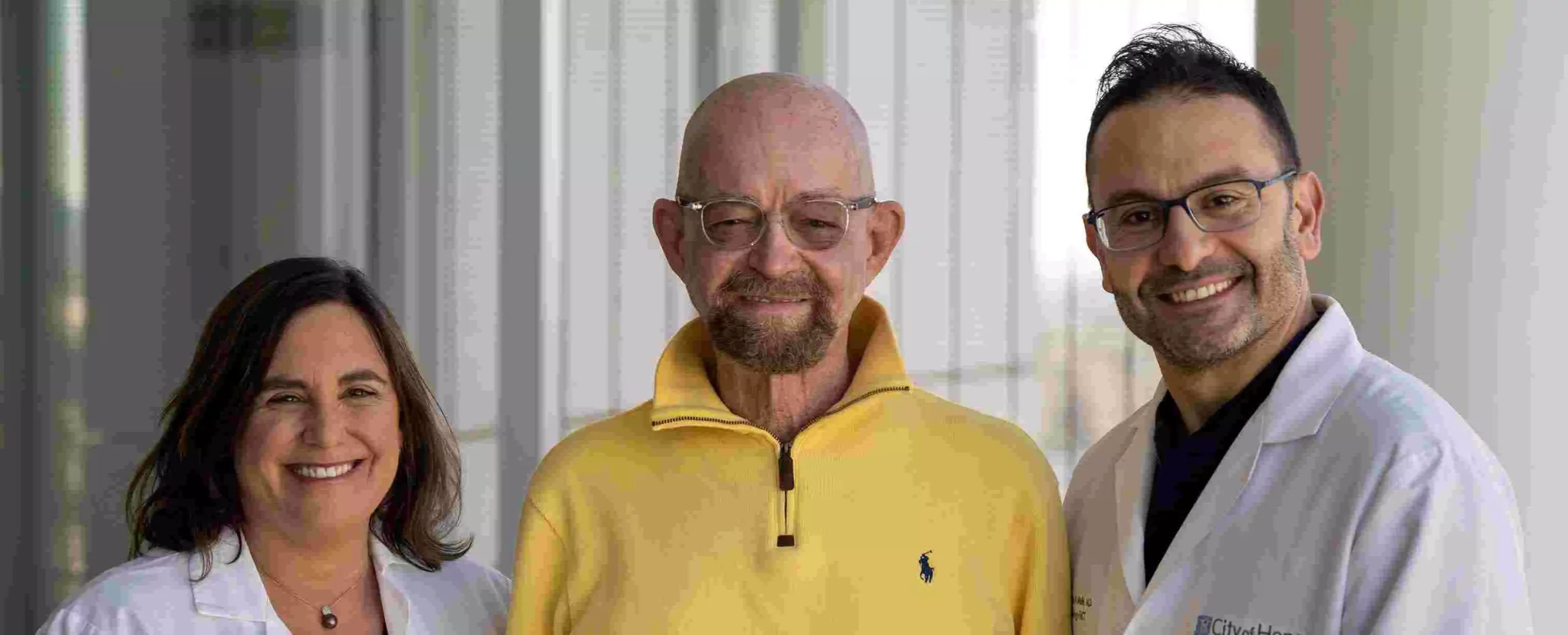Paul Edmonds, a Californian man, was faced with the daunting challenge of battling both cancer and HIV. However, after undergoing a unique treatment five years ago, he miraculously became free of both illnesses. Edmonds received a stem cell transplant, which led to remission from acute myelogenous leukemia (AML) and held the promise of being ‘cured’ of HIV in the near future.
The stem cell transplant, also known as allogeneic hematopoietic cell transplantation, is a crucial part of the treatment for blood cancers like leukemia. In this procedure, healthy blood-forming stem cells from a donor with similar genes are transplanted into the patient, replacing the damaged stem cells in the bone marrow. In Edmonds’ case, the donor stem cells had a genetic mutation known as CCR5 delta-3, which made him resistant to HIV.
The CCR5 mutation, present in only about 1-2 percent of the population, prevents HIV from entering and attacking the immune system through the CCR5 receptor. By replacing Edmonds’ bone marrow and blood stem cells with those of the donor, the transplant effectively eliminated both his AML and HIV. This unique genetic advantage enabled Edmonds to achieve remission from HIV, a feat that only a handful of people around the world have accomplished.
Read More: The Future of Quantum Electronics: Advancements in Quantum Information Transmission
The Journey to Remission
Before the transplant, Edmonds had been living with HIV for 31 years, experiencing the stark reality of the epidemic in the 80s. He was diagnosed with HIV and AIDS in 1988, facing what felt like a death sentence at the time. Despite being on antiretroviral therapy since 1997, which suppressed the virus, the HIV DNA persisted in his immune cells until the stem cell transplant introduced the resistant mutation.
Edmonds’ case has shed light on the potential of using stem cell transplants to cure HIV, in addition to treating life-threatening blood cancers. His experience offers hope to others facing similar health challenges, with the possibility of achieving remission from both cancer and HIV through a single procedure. Dr. Jana Dickter, who was involved in Edmonds’ treatment, believes that this dual benefit could be life-changing for many patients in the future.
Although stem cell transplants come with significant risks and are currently reserved for severe cases, the success of Edmonds’ treatment opens up new possibilities for combating HIV. While not all individuals living with HIV may be candidates for this procedure, the groundbreaking results of Edmonds’ case highlight the potential for innovation in treating complex illnesses simultaneously.
Paul Edmonds’ journey to remission from both cancer and HIV through a single treatment is a testament to the power of medical advancements and genetic research. His story serves as a beacon of hope for those battling similar health challenges, showing that with perseverance and cutting-edge treatment, even the most daunting illnesses can be overcome.


Leave a Reply